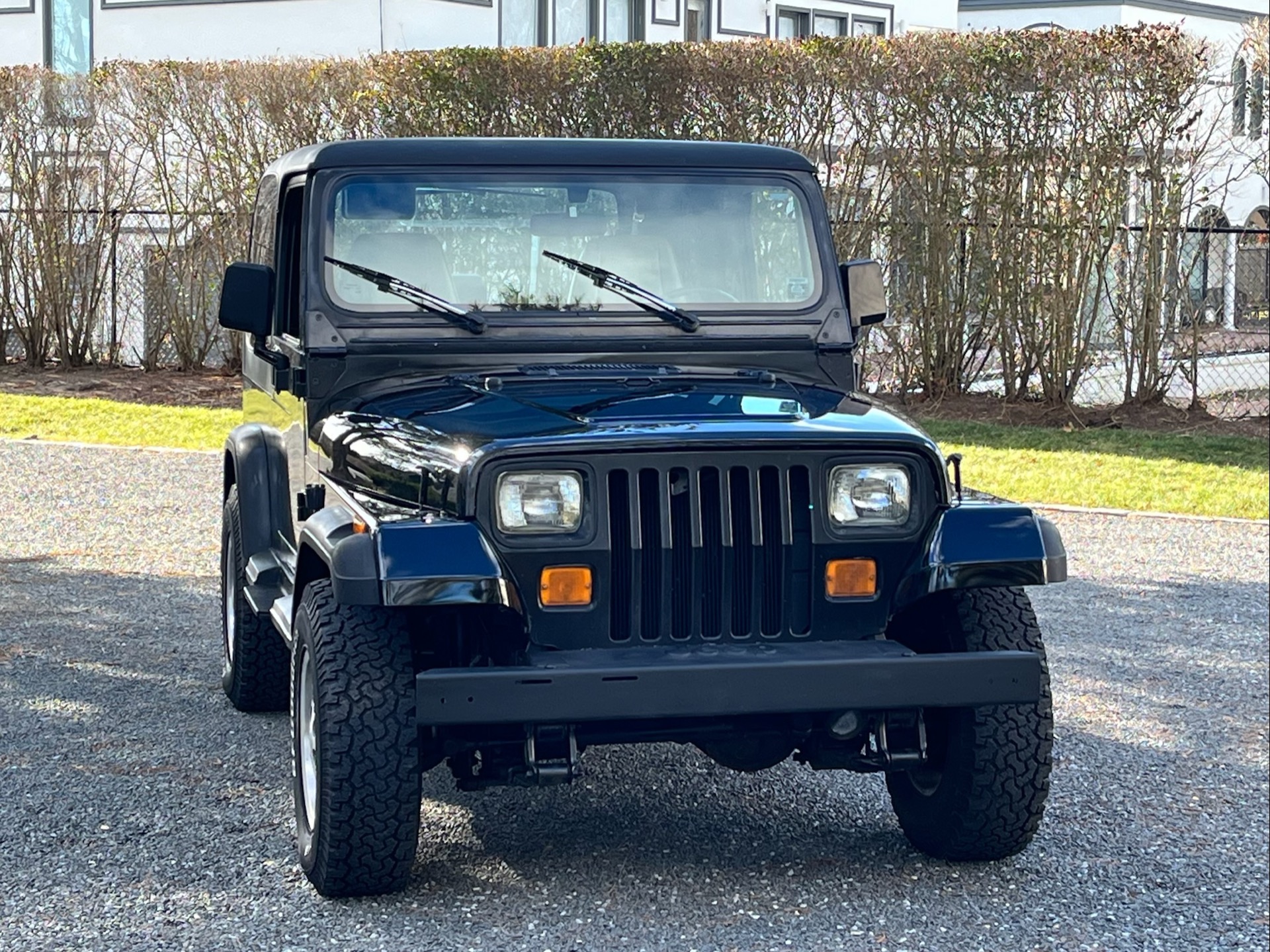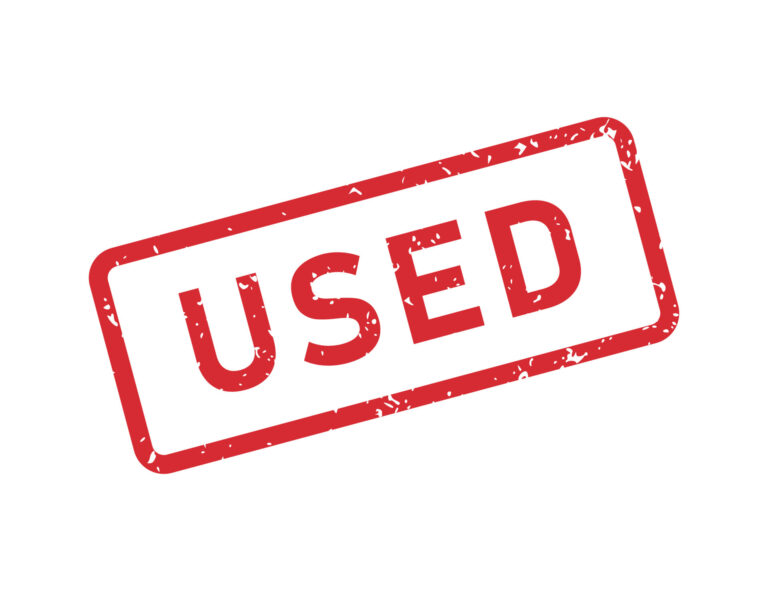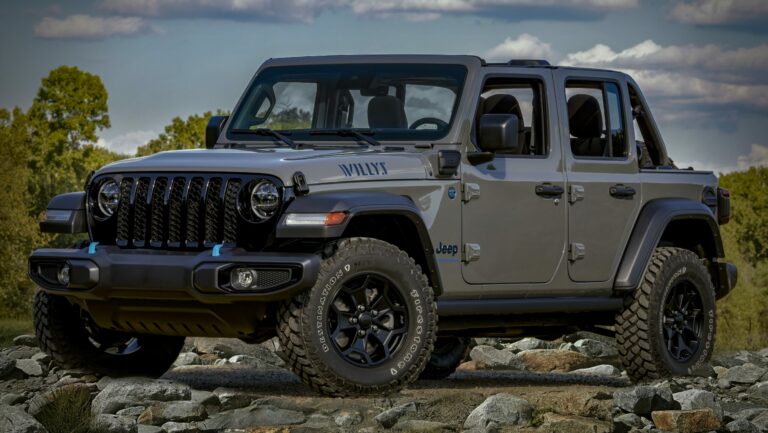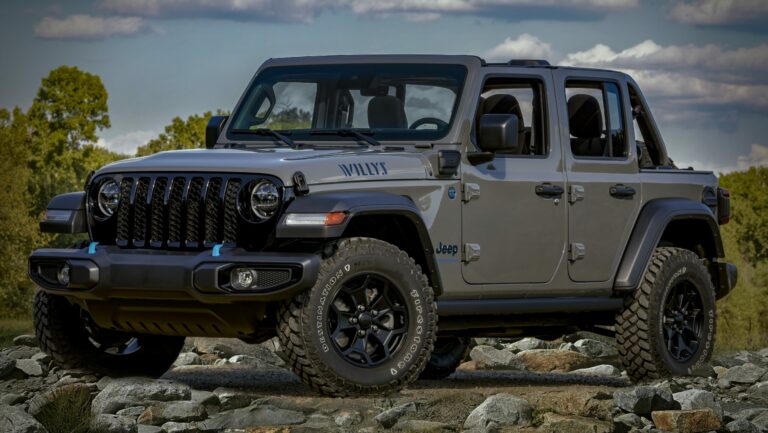1995 Jeep Wrangler YJ For Sale: Your Ultimate Buyer’s Guide
1995 Jeep Wrangler YJ For Sale: Your Ultimate Buyer’s Guide jeeps.truckstrend.com
The 1995 Jeep Wrangler YJ holds a unique and revered place in the hearts of off-road enthusiasts and classic car collectors alike. Representing the final year of the YJ generation, this model bridges the gap between the rugged, utilitarian CJs and the more refined, coil-sprung TJs. With its distinctive square headlights – a design choice that still sparks debate among purists – the ’95 YJ offers a blend of classic Jeep simplicity, robust off-road capability, and a growing status as a sought-after collectible. If you’re considering a 1995 Jeep Wrangler YJ for sale, you’re not just looking for a vehicle; you’re seeking a piece of automotive history, a blank canvas for adventure, and an icon that continues to turn heads. This comprehensive guide will equip you with everything you need to know to make an informed decision about acquiring one of these legendary machines.
1995 Jeep Wrangler YJ For Sale: Your Ultimate Buyer’s Guide
Why the 1995 YJ Stands Out – A Closer Look at its Legacy
The Jeep Wrangler YJ, produced from 1987 to 1995, marked a significant evolution from the venerable CJ series. While it retained the core principles of open-air freedom and go-anywhere capability, the YJ introduced a wider stance for improved stability, a more comfortable interior, and those polarizing square headlights, distinguishing it immediately from its round-eyed predecessors.
The 1995 model year is particularly noteworthy for several reasons:
- Final YJ Production: Being the last year, it often incorporates the culmination of improvements and refinements made throughout the YJ’s run.
- Galvanized Frame: Many 1995 YJs benefited from a galvanized frame, offering improved rust resistance compared to earlier models. This is a crucial factor for longevity.
- Full Doors: Unlike some earlier YJs, the 1995 models frequently came equipped with full steel doors, providing better weather protection and security.
- Engine Options: It offered the highly regarded 4.0-liter AMC inline-six engine, known for its bulletproof reliability and ample torque, alongside the more economical 2.5-liter four-cylinder.
- Leaf Spring Suspension: The YJ was the last Wrangler to use leaf springs on all four corners, a design choice that contributes to its rugged, no-nonsense character and is favored by some for its simplicity and strength in extreme off-road conditions.
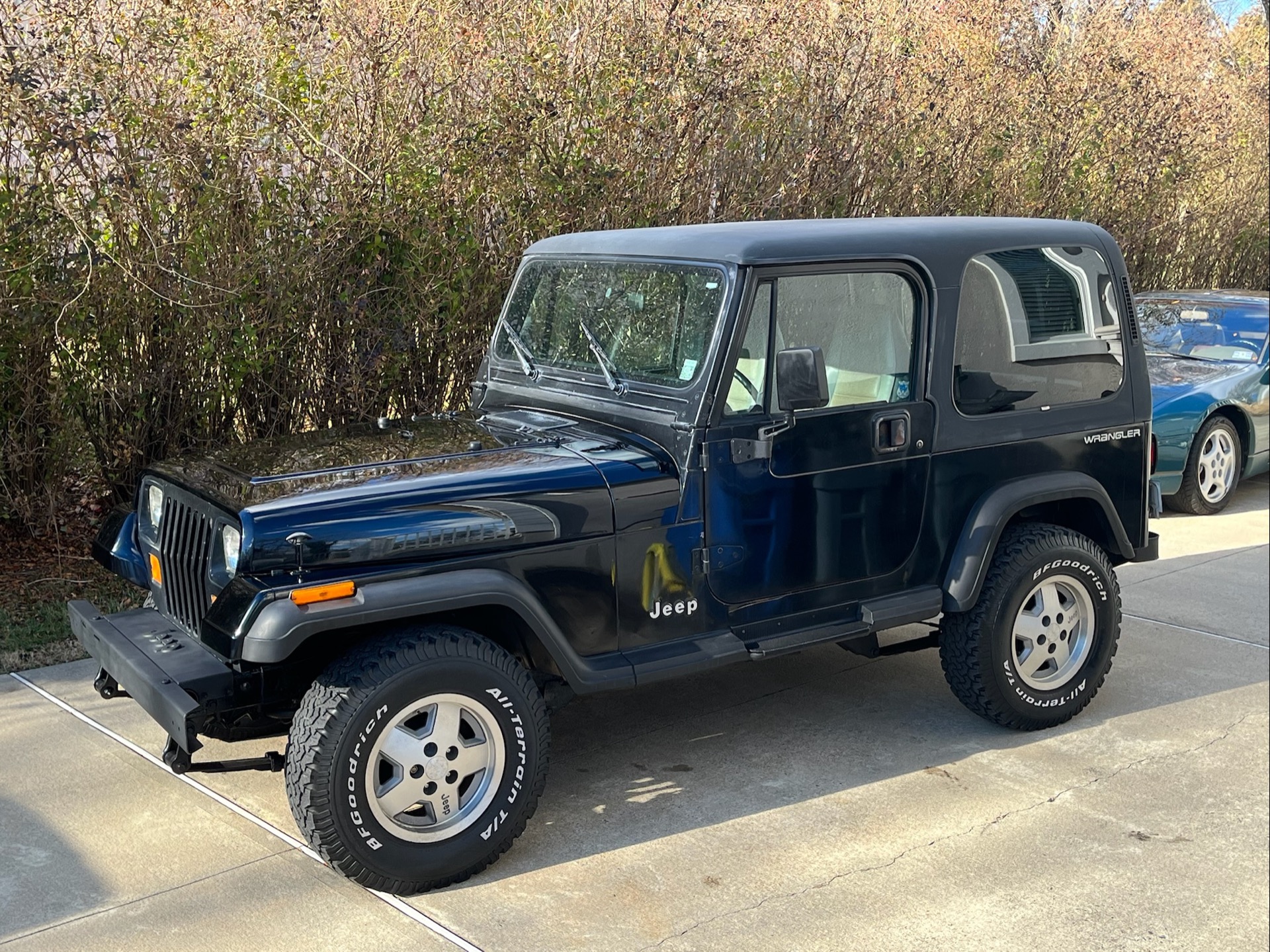
The 1995 YJ embodies a raw, unadulterated driving experience. It’s less about plush comfort and more about connecting with the road – or lack thereof. Its mechanical simplicity makes it a favorite among DIY enthusiasts, and the vast aftermarket support ensures that parts, modifications, and customization options are virtually limitless.
What to Look For When Buying a 1995 Jeep Wrangler YJ

Acquiring a 1995 Jeep Wrangler YJ for sale requires a keen eye and a thorough inspection. These vehicles are nearly three decades old, and their condition can vary wildly depending on past ownership, climate, and maintenance.
Common Problem Areas to Scrutinize:
- Rust: This is the #1 enemy of older Jeeps.
- Frame: Check the frame rails thoroughly, especially near the skid plate, suspension mounting points, and the rear shackle mounts. Look for perforations, severe scaling, or patches that might hide underlying issues.
- Body: Inspect floorboards (especially under the carpet), rocker panels, wheel wells, door hinges, and the area around the windshield frame.
- Skid Plates: Often rust heavily due to trapped moisture.
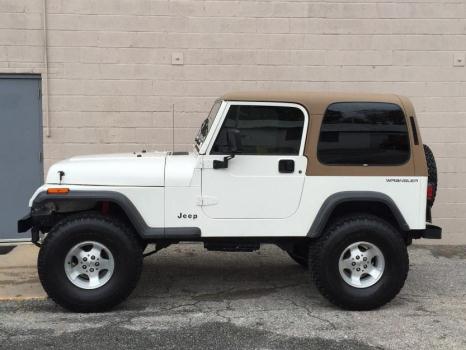
- Engine:
- 4.0L I6: Generally very reliable, but check for oil leaks (especially rear main seal, valve cover gasket), signs of overheating, strange noises (ticking, knocking), and proper idle.
- 2.5L I4: Less powerful but still durable. Check similar issues as the 4.0L.
- Cooling System: Inspect radiator, hoses, and water pump for leaks or signs of neglect.
- Transmission & Drivetrain:
- Manual (AX-15): Test all gears, listen for grinding, check for smooth shifting, and look for fluid leaks.
- Automatic (32RH): Check fluid level and color (should be reddish, not dark or burnt), listen for harsh shifts, and test engagement in all gears.
- Transfer Case (NP231): Ensure it shifts smoothly into 4H and 4L. Look for leaks around the seals.
- Axles (Dana 30 front, Dana 35 rear, or optional Dana 44 rear): Check for leaks at the differential covers and axle seals, excessive play in U-joints, and any unusual noises during turns.
- Suspension:
- Leaf Springs: Check for sag, cracks, or broken leaves.
- Bushings: Inspect all bushings (shackle, spring eye) for cracks or deterioration.
- Shocks: Look for leaks or damage.
- Steering:
- Check for excessive play in the steering wheel. Inspect the steering box, power steering pump, tie rods, drag link, and ball joints for wear or damage.
- Electrical:
- Test all lights (headlights, taillights, turn signals), wipers, horn, radio, and dashboard gauges. Aging wiring can lead to intermittent issues.
- Soft Top/Hardtop:
- Inspect the condition of the soft top fabric (tears, faded), zippers, and clear windows (yellowing, cracks). For hardtops, check for cracks and proper seal.
- Interior:
- Check seats for rips, carpet for water damage (indicative of leaks or rust), and all controls for functionality.
Pre-Purchase Inspection (PPI):
Even if you’re handy, investing in a professional Pre-Purchase Inspection by a reputable mechanic specializing in 4x4s or Jeeps is highly recommended. They can identify issues you might miss and provide an unbiased assessment of the vehicle’s true condition.
Maintenance Records & Modifications:
Ask for detailed maintenance records. A well-documented history is a strong indicator of a cared-for vehicle. Be wary of heavily modified Jeeps unless you understand the modifications and their impact. Poorly installed lifts or drivetrain alterations can lead to long-term problems.
The Ownership Experience – Living with a 1995 YJ
Owning a 1995 Jeep Wrangler YJ is an experience unlike many modern vehicles. It’s a journey into a more analog, tactile world of driving.
Pros:
- Unmatched Off-Road Capability: Stock YJs are highly capable, and with aftermarket support, they can be transformed into extreme trail rigs.
- Vast Aftermarket Support: Parts are plentiful and relatively inexpensive, making repairs and modifications straightforward.
- Simplicity of Design: Less complex electronics mean easier troubleshooting and DIY repairs.
- Classic Appeal: The YJ’s distinctive look and rugged charm make it a head-turner.
- Open-Air Freedom: Removable doors, fold-down windshield, and soft top/hardtop options provide an unparalleled connection to the environment.
- Growing Collector’s Item: Well-maintained examples are appreciating in value.
Cons:
- Ride Comfort: The leaf spring suspension can lead to a harsher, bouncier ride compared to modern vehicles.
- Fuel Economy: Expect single-digit or low-teen MPG, especially with the 4.0L and larger tires.
- Road Noise: Soft tops, older seals, and the inherent design lead to significant wind and road noise.
- Safety Features: Minimal compared to contemporary vehicles (no airbags, ABS often absent).
- Potential for Tinkering: As an older vehicle, it will likely require ongoing maintenance and minor repairs.
Maintenance Tips for YJ Owners:
- Rust Prevention: Regular washing, especially after off-roading or winter driving, and applying rust inhibitors are crucial.
- Fluid Checks: Monitor all fluid levels (oil, coolant, transmission, transfer case, differentials) frequently.
- Greasing: Regularly grease all fittings on steering and suspension components.
- Tire Rotation & Balance: Important for tire longevity and reducing steering issues.
- Check Suspension Components: Regularly inspect bushings, shackles, and leaf springs for wear.
Customization Potential:
The YJ is a dream for customization. Lift kits, larger tires, aftermarket bumpers, winches, lockers, and even engine swaps are common modifications that allow owners to tailor their Jeep to their specific needs, whether it’s overlanding, rock crawling, or simply cruising.
Navigating the Market: Where to Find and How to Price a 1995 YJ
Finding the right 1995 Jeep Wrangler YJ for sale requires patience and knowing where to look.
Where to Look:
- Online Marketplaces: Craigslist, Facebook Marketplace, and eBay Motors are common places. Be prepared to filter through many listings.
- Dedicated Jeep Forums & Groups: Websites like JeepForum.com or specific YJ enthusiast groups on Facebook often have classifieds sections where well-maintained Jeeps are sold by knowledgeable owners.
- Specialty Dealerships: Some dealerships specialize in vintage 4x4s or classic cars and may have YJs, often at a premium but potentially in better condition.
- Auction Sites: Bring a Trailer and Cars & Bids occasionally feature exceptionally clean or highly modified YJs.
- Local Classifieds/Word of Mouth: Don’t underestimate the power of local listings or asking around in your community.
Factors Influencing Price:
The price of a 1995 Jeep Wrangler YJ for sale can vary dramatically based on several key factors:
- Overall Condition: This is paramount. Rust-free, mechanically sound examples command the highest prices.
- Mileage: Lower mileage generally means higher value, assuming maintenance was consistent.
- Engine Type: The 4.0L inline-six typically fetches a higher price than the 2.5L four-cylinder due to its superior power and reputation.
- Transmission: Manual transmissions are often preferred by enthusiasts, but automatics are also popular.
- Modifications: Tasteful, professionally installed upgrades (e.g., quality lift kit, new wheels/tires, upgraded axles) can add value, while poorly executed or extreme mods can detract.
- Hardtop vs. Soft Top: A factory hardtop usually adds value due to its durability and security.
- Location: Prices can vary regionally due to climate (less rust in dry climates) and local demand.
Negotiation Tips:
- Be Informed: Research comparable sales in your area.
- Have PPI Results: Use any identified issues from a pre-purchase inspection as leverage for negotiation.
- Be Realistic: Understand that a perfect, showroom-condition 1995 YJ is rare and will command a premium.
1995 Jeep Wrangler YJ Estimated Price Table
Please note that these are approximate ranges and can fluctuate significantly based on the specific factors mentioned above, market demand, and recent sales data. A truly pristine, low-mileage, rust-free example with desirable options (e.g., Dana 44 rear axle) could exceed these high-end estimates.
| Condition Category | 2.5L I4 (Manual/Auto) | 4.0L I6 (Manual/Auto) | Key Notes / What to Expect |
|---|---|---|---|
| Poor / Project | $3,000 – $6,000 | $4,000 – $8,000 | Significant rust, mechanical issues, non-running, major cosmetic flaws. Requires substantial work and investment. |
| Fair / Driver | $6,000 – $10,000 | $8,000 – $14,000 | Visible rust, minor mechanical issues (leaks, worn parts), cosmetic imperfections. Drivable but needs TLC and ongoing repairs. |
| Good / Solid | $10,000 – $15,000 | $14,000 – $20,000 | Minimal rust, mostly sound mechanically, some cosmetic wear. Well-maintained daily driver or weekend warrior. |
| Excellent / Pristine | $15,000 – $20,000+ | $20,000 – $28,000+ | Very little to no rust, excellent mechanical condition, near-perfect interior and exterior. Often low mileage or recently restored. |
Frequently Asked Questions (FAQ) about 1995 Jeep Wrangler YJ For Sale
Q: Are 1995 Jeep Wrangler YJs reliable?
A: Yes, generally. The 4.0L inline-six engine is legendary for its durability. However, as a nearly 30-year-old vehicle, reliability hinges heavily on past maintenance and current condition. Expect regular maintenance and occasional repairs.
Q: What’s the main difference between a YJ and a TJ?
A: The most noticeable difference is the headlights (YJ has square, TJ has round). Mechanically, the YJ uses leaf spring suspension on all four corners, while the TJ (1997-2006) introduced a coil spring suspension, offering a more refined ride.
Q: Is the 4.0L engine much better than the 2.5L?
A: For most buyers, yes. The 4.0L offers significantly more horsepower and torque, making it better for highway driving, larger tires, and more demanding off-roading. The 2.5L is more fuel-efficient but can feel underpowered.
Q: Can I daily drive a 1995 YJ?
A: Many people do! However, be prepared for a less comfortable, noisier, and less fuel-efficient commute compared to modern vehicles. Safety features are also minimal.
Q: What should I budget for annual repairs and maintenance?
A: This can vary widely. Beyond routine oil changes and tune-ups, budgeting $500-$1500 annually for unexpected repairs or wear-and-tear items is a reasonable starting point, especially for a "good" condition vehicle. Projects will require much more.
Q: Are parts readily available for a 1995 YJ?
A: Absolutely. Due to the YJ’s popularity and commonality of its components with other Jeeps and AMC vehicles, parts are widely available from aftermarket suppliers, online retailers, and salvage yards.
Conclusion
The 1995 Jeep Wrangler YJ for sale represents a fantastic opportunity to own a piece of automotive heritage that is both iconic and incredibly capable. It’s a vehicle that demands attention, not just on the road, but also in terms of its care and maintenance. While it may not offer the plush comforts of modern SUVs, its rugged simplicity, unparalleled off-road prowess, and endless customization potential make it a truly rewarding vehicle for the right owner.
Approach your search with patience, armed with the knowledge of what to look for, and always prioritize a thorough inspection. A well-chosen 1995 YJ isn’t just a car; it’s a lifestyle, an adventure waiting to happen, and a testament to the enduring spirit of the Jeep brand.

